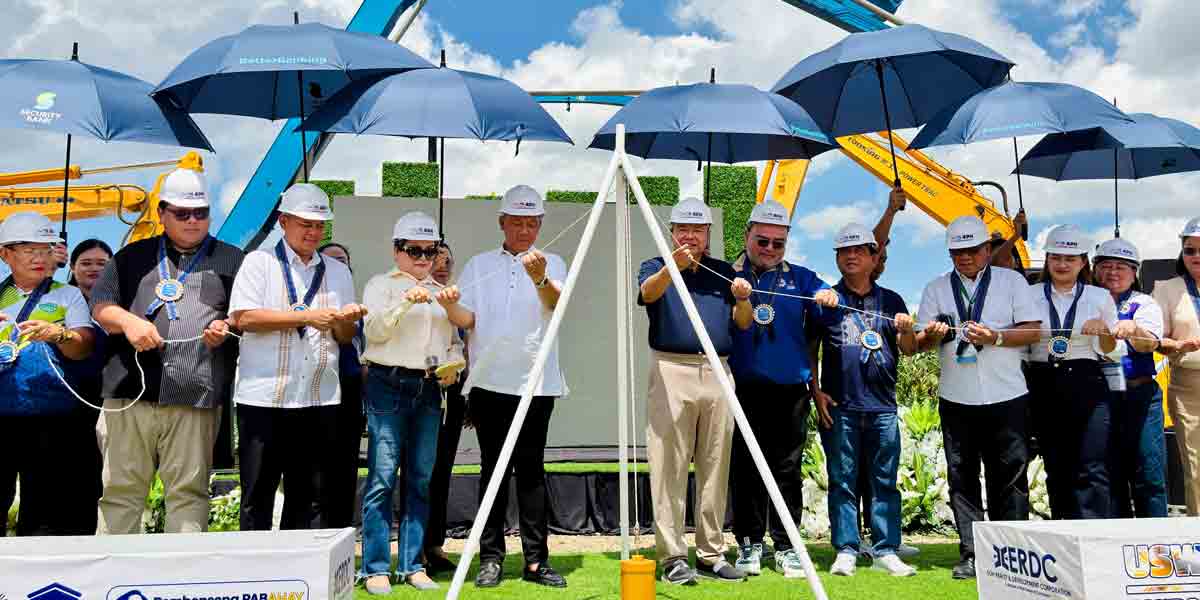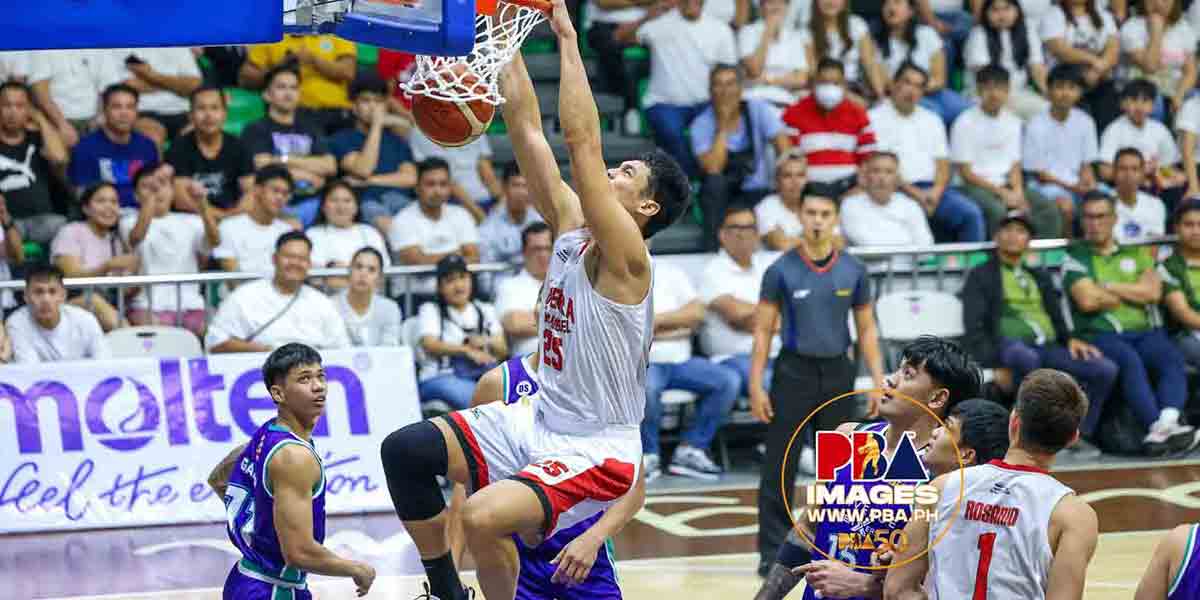By Francis Allan L. Angelo
Our past two essays discussed press freedom, responsibility, and self-regulation to protect press freedom.
Let’s go further on why accountability and responsibility also redound to our safety.
Media accountability is fundamentally linked to the concept of safety, both in terms of public safety and the safety of journalists themselves. This relationship can be explored from several angles:
- Public Safety through Accurate Information: Media accountability ensures that the information disseminated to the public is accurate, fair, and reliable. Accurate information is crucial for public safety, as it enables individuals to make informed decisions in their daily lives, particularly in situations of crisis or emergency (e.g., natural disasters, pandemics, security threats). Misinformation or disinformation, on the other hand, can lead to confusion, panic, or inappropriate actions that compromise public safety.
- Safety of Journalists through Ethical Standards: Media accountability also includes protecting journalists and ensuring their safety as they perform their duties. Journalists often work in hazardous conditions, covering conflicts, disasters, and sensitive issues. Media organizations and society at large have a responsibility to ensure that journalists can work safely, without fear of harassment, intimidation, or violence. This entails not only physical protection but also safeguarding the rights and freedoms that allow journalists to report freely and critically.
- Societal Safety through Watchdog Journalism: The media acts as a “fourth estate,” playing a watchdog role that holds power to account. By investigating and exposing wrongdoing, corruption, and abuse of power, journalists contribute to the safety and well-being of society. This accountability mechanism helps to prevent harm by ensuring that those in positions of power are scrutinized and held responsible for their actions.
- Psychological Safety through Responsible Reporting: Media accountability involves responsible reporting practices that consider the psychological impact of news content on audiences. This includes avoiding sensationalism, respecting privacy, and being sensitive to the portrayal of violence, tragedy, and suffering. Responsible reporting helps protect the psychological safety of the public, particularly vulnerable groups such as children or trauma survivors.
- Digital Safety through Combating Online Harassment: In the digital age, media accountability extends to the online environment, where journalists and the public often face harassment, doxxing, and cyberbullying. Media organizations and platforms have a responsibility to create safe online spaces, protecting individuals from digital threats that can have real-world consequences.
Media accountability is integral to the safety of both the public and journalists. It encompasses a range of practices and responsibilities aimed at ensuring accurate reporting, protecting those who report the news, and maintaining a safe, informed, and engaged society.
***
A year ago, I had the opportunity to join a fellowship under the auspices of the Media Development in a Democratic Framework (ITP Media), a Swedish International Development Cooperation Agency (Sida)-financed training program that provides a platform for constructive, creative dialogue between high-level representatives from media, government and civil society on how to improve self-regulatory and regulatory frameworks for the media.
The underlying need for this program is the demand from citizens for trustworthy, free, independent and professional journalism, which is prerequisite for a functional democracy. Self- and co-regulation of both legacy and social media are a means to that end.
The overall ambition with this program is to promote and strengthen free, independent and professional journalism and reduce (self) censorship while promoting freedom of expression/access to information, accountability, transparency and a civilized public discourse.
Part of the program was a visit to Stockholm, Sweden on March 5-15, 2023 to study the Swedish model of media self-regulation.
Self-regulation refers to media organizations and workers who gather together to come up and promote ethical standards and rules of procedures for complaints against journalists and their work, sans interference from the government.
The Swedish model of media self-regulation is a distinctive and historically rooted system that emphasizes the independence and responsibility of the media industry to regulate itself, without direct governmental interference. This model is characterized by a combination of ethical guidelines, self-regulatory bodies, and a strong tradition of freedom of the press. Here’s an overview of its key components and historical background:
Historical Context and Background
Freedom of the Press Act (1766): Sweden has a long tradition of press freedom, being the first country in the world to abolish censorship and introduce a freedom of the press act in 1766. This historical milestone laid the groundwork for the development of an independent media landscape in Sweden.
Publicistklubben (1874): The establishment of Publicistklubben, a professional association for journalists, marked an early step towards organized media self-regulation in Sweden. It aimed to promote journalistic ethics and defend the freedom of the press.
Media Development in the 20th Century: As the media landscape evolved, so did the mechanisms for self-regulation. The increase in media outlets and the advent of new forms of communication highlighted the need for more formalized self-regulatory structures.
Key Components of the Swedish Model
- Pressens Opinionsnämnd (The Press Ombudsman and the Press Council):** Established in 1969, the Pressens Opinionsnämnd (PON) is a key component of Sweden’s media self-regulation. It consists of the Press Ombudsman and the Press Council. The system allows the public to lodge complaints about journalistic content, which are first reviewed by the Press Ombudsman. If necessary, cases can be escalated to the Press Council, which can issue rulings and demand corrections from media outlets. This structure is designed to uphold ethical standards in journalism and address grievances related to media content.
- Ethical Guidelines: Swedish media adhere to a set of ethical guidelines, including the Code of Ethics for Press, Radio, and Television. These guidelines are designed to ensure accuracy, fairness, and respect for privacy in reporting. They serve as the basis for evaluating complaints and guiding journalistic practice.
- Voluntary Participation: Participation in the self-regulatory system is voluntary but widely embraced by the media industry. This reflects a strong collective commitment to maintaining ethical standards and public trust in the media.
- Funding and Support: The self-regulatory system is funded by the media industry itself, ensuring its independence from government influence. This model underscores the principle that a free press should regulate itself, free from external pressures.
Significance
The Swedish model of media self-regulation serves as an example of how a media industry can effectively govern itself while maintaining high ethical standards and enjoying public trust. It balances the freedom of the press with the responsibility to report accurately and ethically, protecting both the rights of individuals and the democratic function of the media.
By emphasizing self-regulation, Sweden has fostered a media environment that is both free and responsible. This model reflects a deep-seated belief in the importance of press freedom as a cornerstone of democracy, as well as the conviction that with freedom comes the responsibility to act ethically and in the public interest.
The next edition will discuss how and what aspect of the Swedish model that Filipino journalists can use in their own context and situation.
Email: [email protected]






















